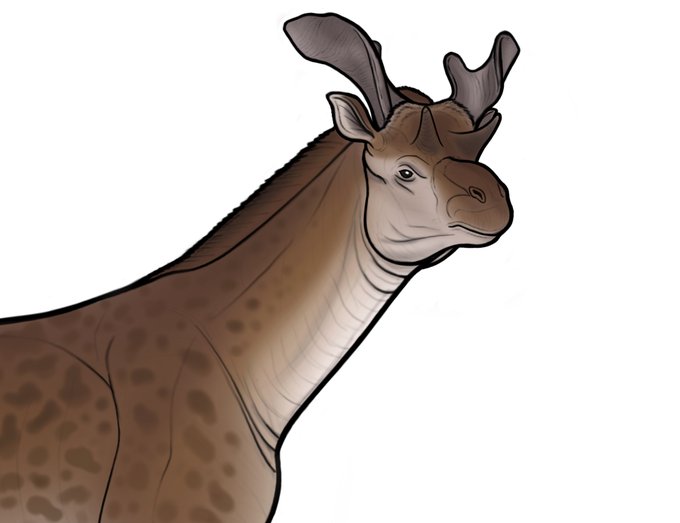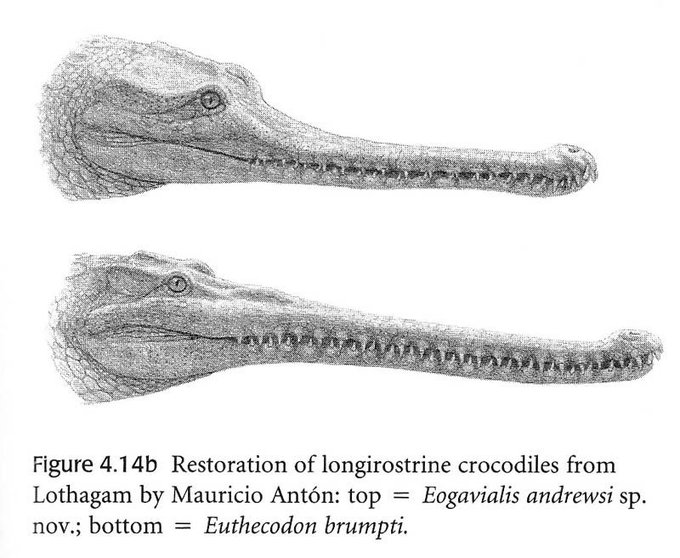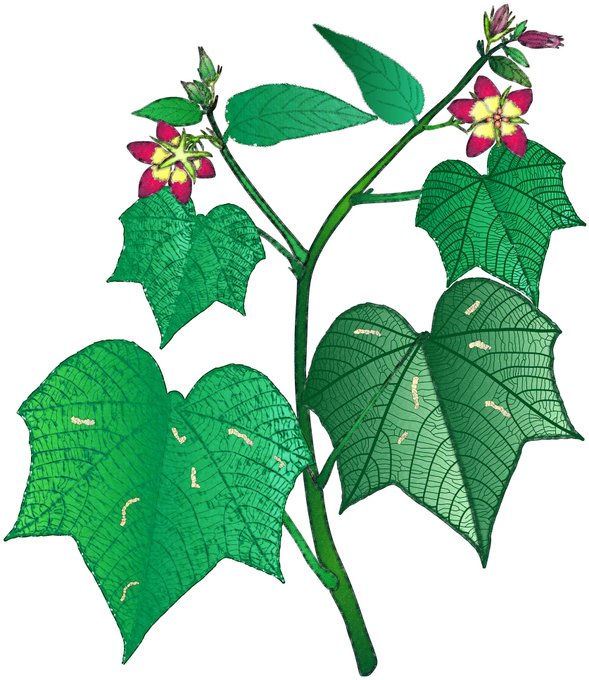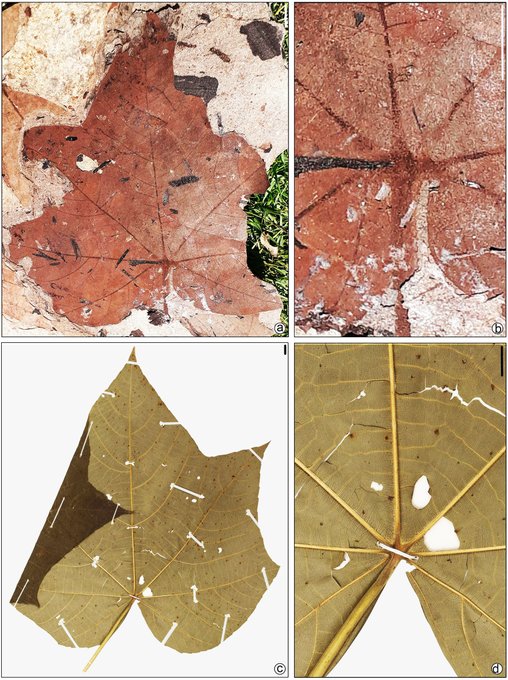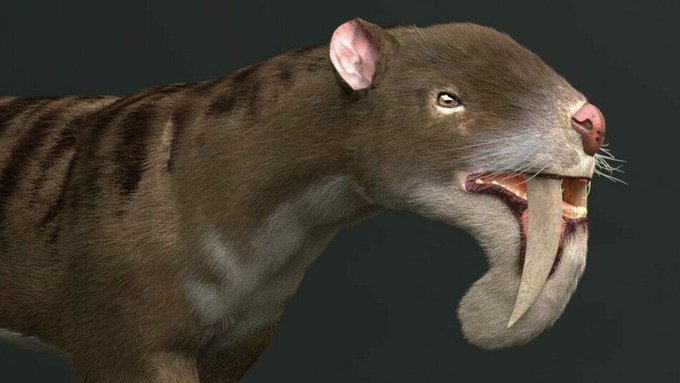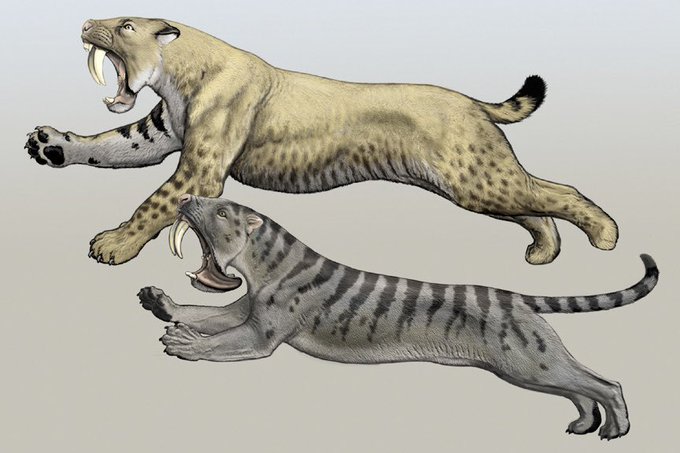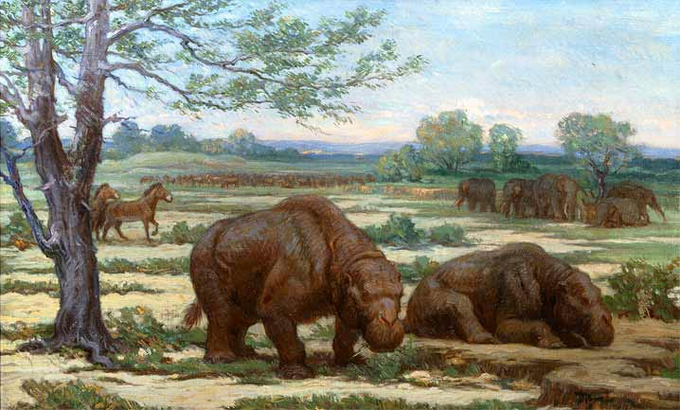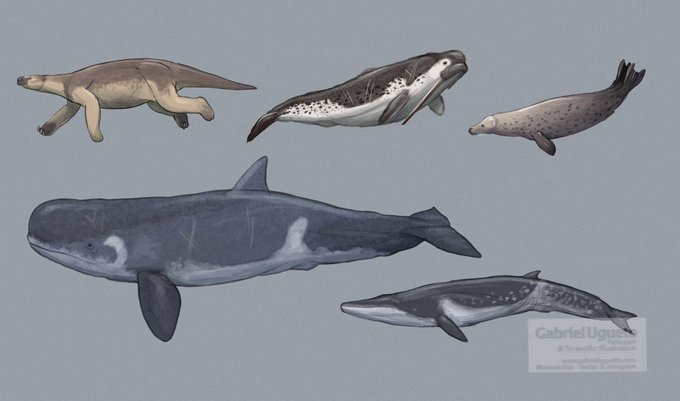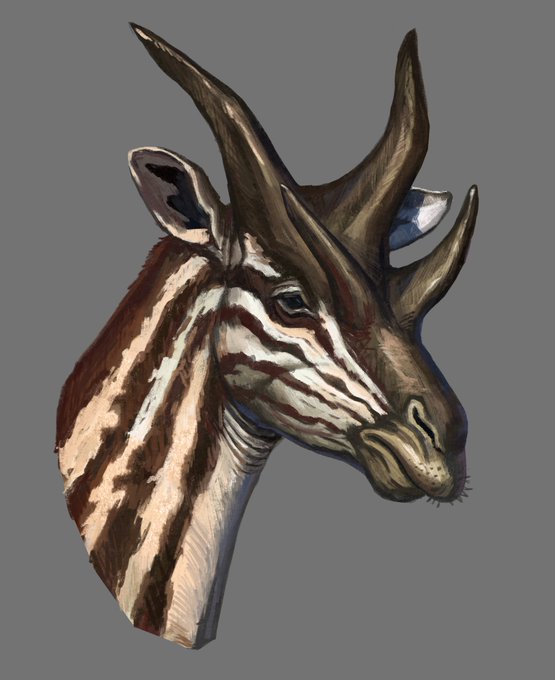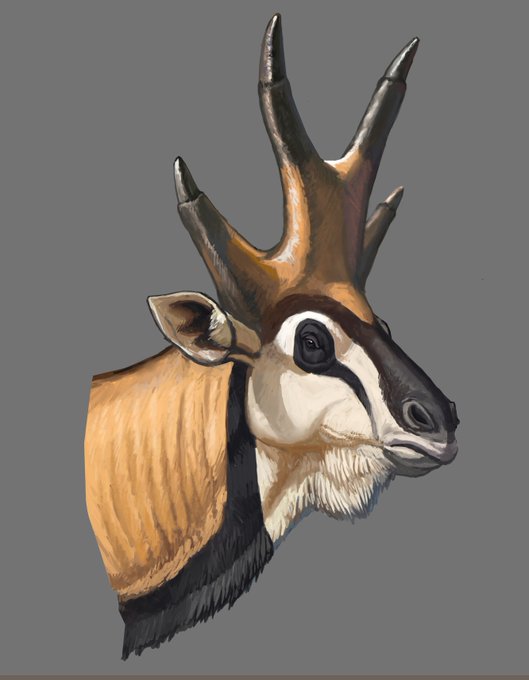PlioceneのTwitterイラスト検索結果。 45 件
Day 28: Sivatherium giganteum
This massive, almost Moose-like giraffid lived in the Pliocene epoch of India. Yours truly is included for scale :)
#marchofthemammals2023 #giraffe #paleoart #digitalart #animalart #scientificillustration #prehistory
Hippopotamus Gorgops
Hippopotamus gorgops also called Gorgon-eyed river horse, is an extinct species of hippopotamus. It first appeared in Africa during the late Miocene, and eventually migrated into Europe during the early Pliocene. It became extinct prior to the Ice Age. Wit
MEGANTEREON SP.
The Dirk-toothed Megantereon is usually associated with Pliocene and middle Pleistocene faunal assemblages. A jaw found in the Chadian site of Toros Menalla, dates the origin of Megantereon back to Late Miocene, around 7 Mya.
#paleoart #megantereon
The problem is bigger than you can imagine - All of modern civilisations' infrastructure is designed for Holocene conditions. We could be heading back to the Pliocene within a century - I'm guessing that infrastructure ain't going to be much use by then.
Happy New Year with Nuralagus, giant leporid from Pliocene Menorca!🎄🐰The past year has been difficult in many ways, and I hope this year will be better. Many plans for drawings for 2022 have not come true, so I want to fulfill them this year.
#HappyNewYear2023 #YearOfTheRabbit
Hippopotamus Gorgops
Hippopotamus gorgops also called Gorgon-eyed river horse, is an extinct species of hippopotamus. It first appeared in Africa during the late Miocene, and eventually migrated into Europe during the early Pliocene. It became extinct prior to the Ice Age. Wit
Thylacosmilus atrox, a fake saber tooth cat (a.k.a a Sparassodont, closely related to marsupial) carnivore from middle miocone to pliocene.
#paleoart #SouthAmerica #paleo #art #Artist #ArtistOnTwitter #artmoots #digitalart #DigitalArtist
Rhynchotherium was a bizarre looking elephant that lived in North America during the Miocene & Pliocene.
(Credit Margret Flinsch)
Reconstruction of the notoungulate Charruatoxodon, from the Pliocene-Pleistocene from Uruguay.
At around this time Africa was a true croc paradise. In Pliocene Kenya, Euthecodon coexisted with up to 4 other species. Crocodylus thorbjarnarsoni, Crocodylus checchiai, Eogavialis and Mecistops. 16/20
📷D.A. Iurino
📷Mauricio Anton
📷Thesupermat
#paleobotany #AsiaPaleobotany #FossilFriday #diversity #fossil
📝 New discovery of rare #insect damage in the #Pliocene of #India reinforces the biogeographic #history of Eurasian #ecosystems
🔗 https://t.co/fmA5kV9dTB
♦️ Hazra et al. | #Review of #Palaeobotany and #Palynology
I’m so depressed but anyways look at this animal it’s called the thylacosmilus it’s a marsupial from South America. It became extinct after the land connection between North and South America was established during the middle of the Pliocene Epoch (about 10-3 million years ago)
Argyrolagus is an extinct marsupial from the Early Pliocene. They lived in what is now Patagonia, Argentina.
(Credit Satoshi Kawasaki)
New paper out! The virtual endocast of a Pliocene balaenopterid from Italy with chimp-like encephalization quotient!
#fossilfriday #whaleontology #pliocenerenaissance #Asti #Piedmont #Italy #brain #Evolution
Brain, Behavior and Evolution - doi: 10.1159/000519852 @KargerPublisher
(3) From Miocene Iberia to Pliocene India, almost-if-not-every species of animal that inhabited those ecosystems then are now vanished. And yet, comparing the ecological *communities* as a whole, a remarkable continuity is observed.
Thread. Study/sketches of Early Pliocene pacific coast Soith American birds and mammals (except Livyatan which is older, from the latest Miocene). In preparation for several commissioned illustrations.
Some fossil Giraffes
1.Giraffokeryx punjabiensis (Miocene,India);
2.Shansitherium tafeli (Miocene,China);
3.Sivatherium giganteum (Micocene,India);
4.Bramatherium perimense(Micocene to Pliocene,India to Turkey)
The "Ardi" skeleton from Aramis, Ethiopia, provides the most complete cranial, dental, and postcranial evidence of any hominoid from the Early Pliocene. Some of its features point to a relationship with later #hominin remains. #paleoanthropology


